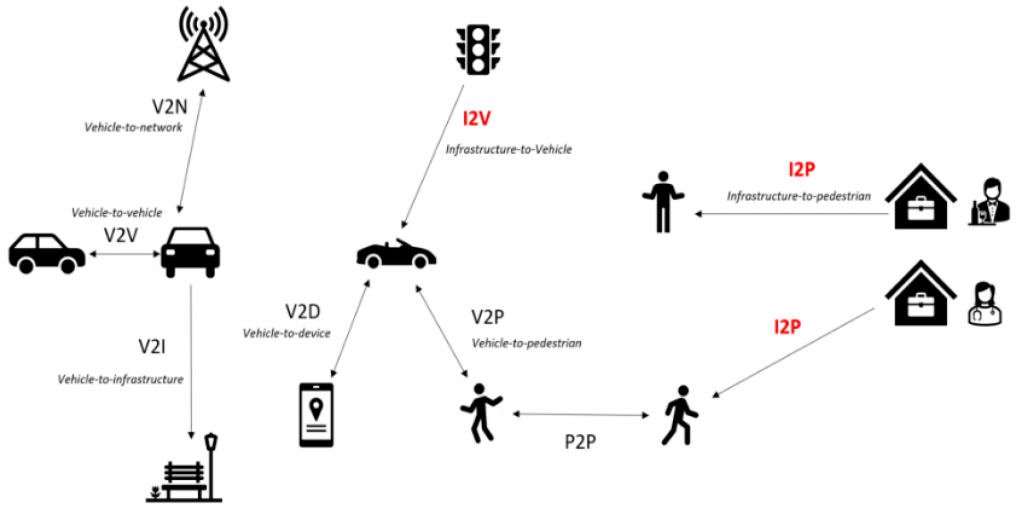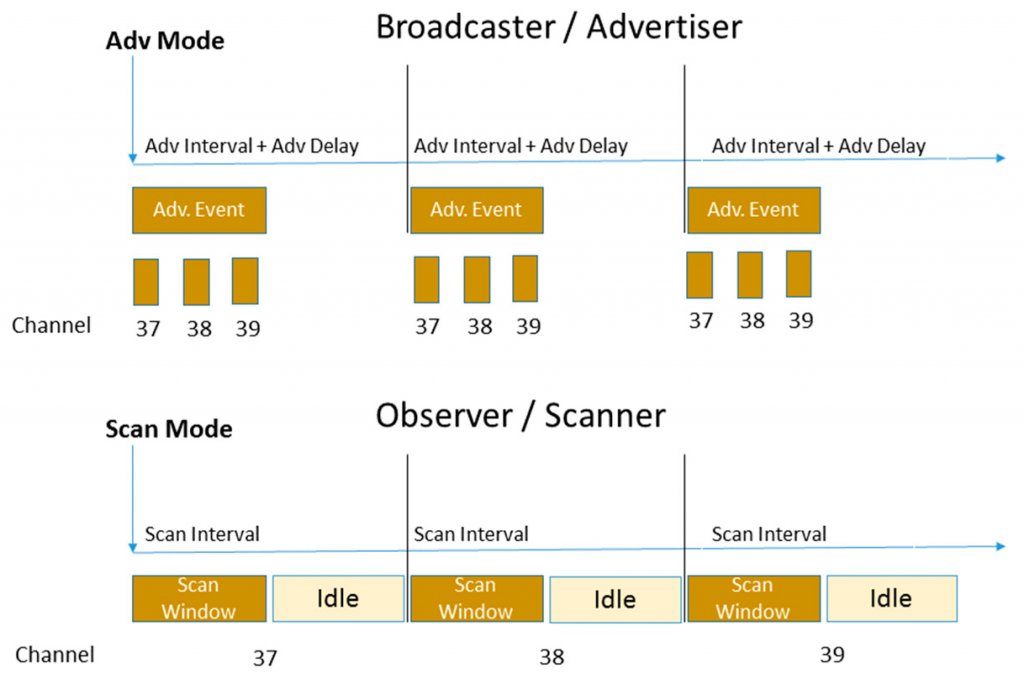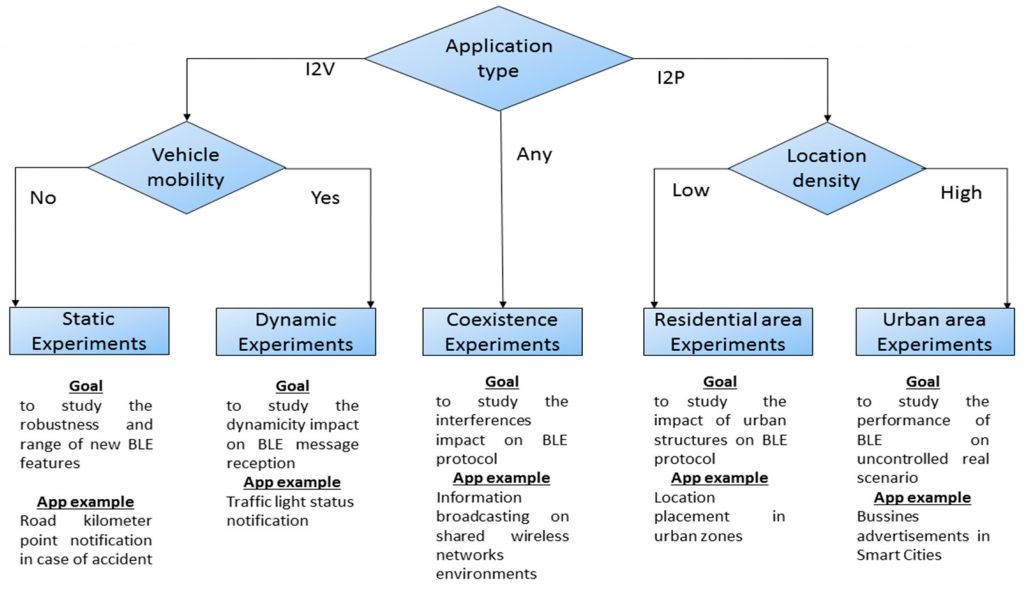Researchers from Spain have a recent paper on Experimental Application of Bluetooth Low Energy Connectionless in Smart Cities that considers the increased range and improved robustness provided by Bluetooth 5.x.
The paper describes the various types of communication:

The paper includes a description of Bluetooth LE including advertising and the different physical layer modes.

There’s an experimental evaluation of the new, more-robust, long-range radio mode when used in smart cities scenarios. The I2V scenario is evaluated, where reception is measured against variation in distance and vehicle speed. The I2P scenario is evaluated against interference from WiFi and classic (non LE) Bluetooth.

The researchers found an overall packet loss of 20–30%, regardless of mobility speed, compared to the static scenarios. The classic Bluetooth 4 mode was found to be more immune to coexistence with the WiFi protocol than any BLE 5.x mode. The researchers say this is because Bluetooth 5 extended advertisements 1) make use of more than one channel and 2) have longer data are both can cause more susceptibility to interference. Nevertheless, the updates introduced with Bluetooth 5 allow broadcasting over much longer distances.
The paper concludes the maturity and low cost of the technology could enable fast, easy deployment in smart cities compared to other solutions.